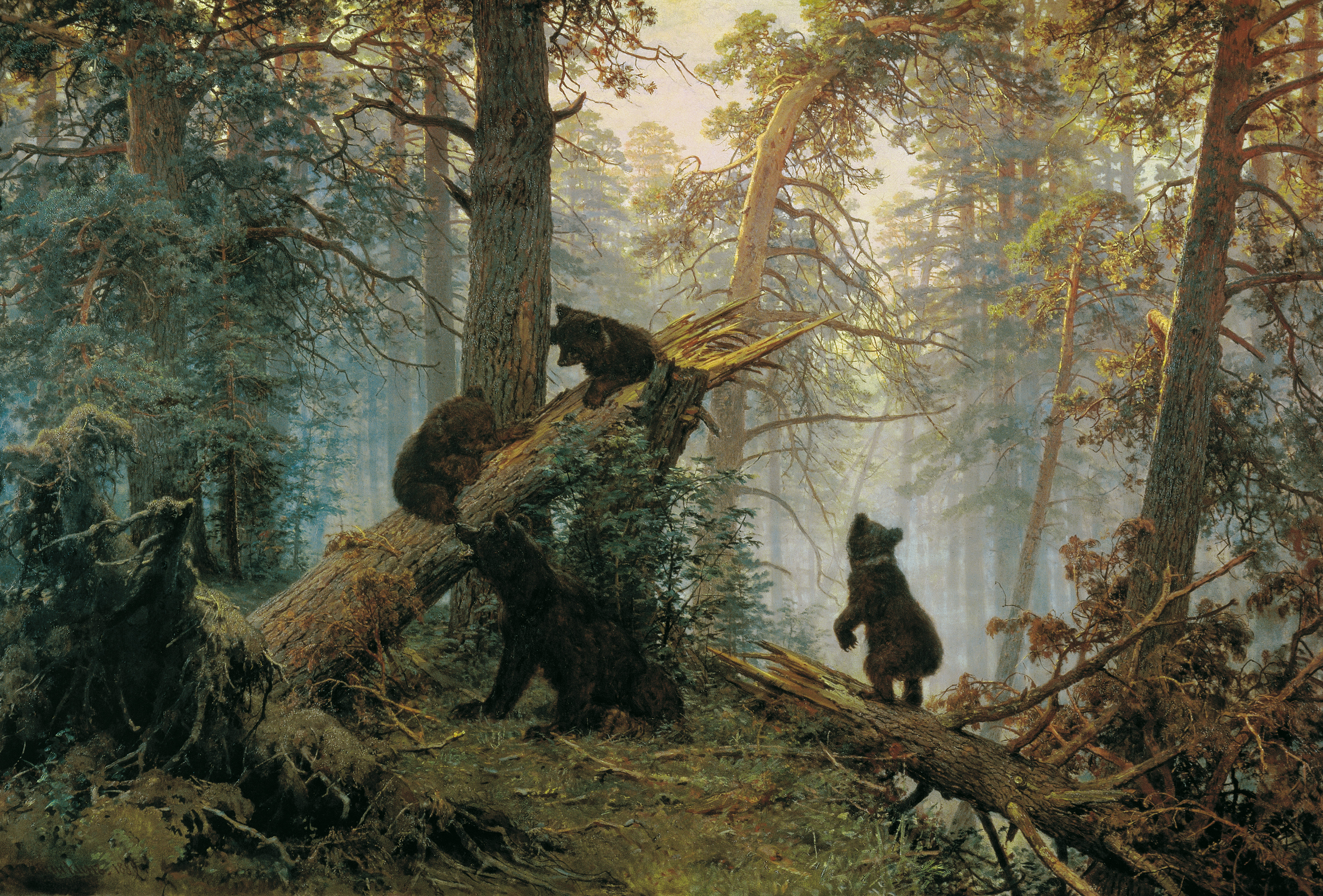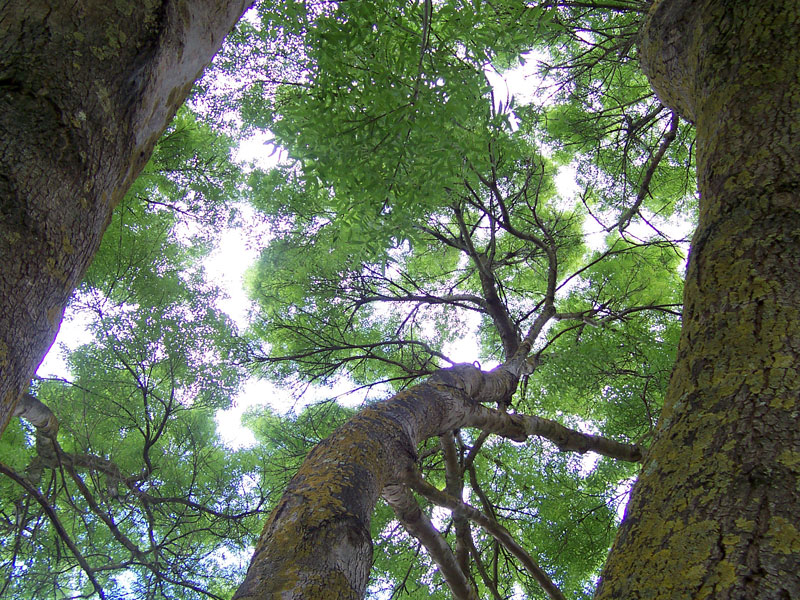|
Duvensee Archaeological Sites
The Duvensee archaeological sites (german: Duvenseer Wohnplätze) are a series of early Mesolithic archaeological sites that are located within the Duvensee bog near Duvensee in Schleswig Holstein, Germany. The bog is one of the oldest and well-researched archaeological settlement areas from the early Holocene in Central Europe. The archaeological sites are renowned for their well-preserved organic remains and are of great importance in understanding the subsistence and settlement strategies of post-glacial hunter-gatherer societies. Recent research has explored the Duvensee societies' diet and land use patterns in relation to the evolution of modern lifestyles and nutrition.Holst, D. 2007. ''Subsistenz und Landschaftsnutzung im Frühmesolithikum: Nußröstplätze am Duvensee''. PhD dissertation, Johannes Gutenberg Universität Mainz.Holst, D. 2009. Eine einzige Nuss rappelt nicht im Sacke. Subsistenzstrategien in der Mittelsteinzeit. ''Mitteilungen der Gesellschaft für Urgesc ... [...More Info...] [...Related Items...] OR: [Wikipedia] [Google] [Baidu] |
Duvensee
Duvensee is a municipality in the Lauenburg (district), district of Lauenburg, in Schleswig-Holstein, Germany. It is most well-known for its Duvensee archaeological sites, Mesolithic archaeologic sites located in the Duvensee Bog, which have helped in the discovery of diets and settlement strategies of European post-glacial hunter gatherers. The Duvensee paddle was also discovered there in 1926. References Municipalities in Schleswig-Holstein Herzogtum Lauenburg {{HerzogtumLauenburg-geo-stub ... [...More Info...] [...Related Items...] OR: [Wikipedia] [Google] [Baidu] |
Boreal (age)
In paleoclimatology of the Holocene, the Boreal was the first of the Blytt–Sernander sequence of north European climatic phases that were originally based on the study of Danish peat bogs, named for Axel Blytt and Rutger Sernander, who first established the sequence. In peat bog sediments, the Boreal is also recognized by its characteristic pollen zone. It was preceded by the Younger Dryas, the last cold snap of the Pleistocene, and followed by the Atlantic, a warmer and moister period than our most recent climate. The Boreal, transitional between the two periods, varied a great deal, at times having within it climates like today's. Subdividing the Boreal Subsequent to the original Blytt-Sernander scheme, the first stage of the Boreal was divided off as a Pre-boreal transitional phase, followed by the Boreal proper. Some current schemes based on pollen zones also distinguish a pre-Boreal (pollen zone IV), an early Boreal (pollen zone V) and a late Boreal (pollen zone VIa, b, ... [...More Info...] [...Related Items...] OR: [Wikipedia] [Google] [Baidu] |
Tranchet Axe
A Tranchet axe is a lithic tool made by removing a flake, known, when using this method, as a tranchet flake, parallel to the final intended cutting edge of the tool which creates a single straight edge as wide as the tool itself. It is found in some Acheulean assemblages as well as in Mesolithic The Mesolithic (Greek: μέσος, ''mesos'' 'middle' + λίθος, ''lithos'' 'stone') or Middle Stone Age is the Old World archaeological period between the Upper Paleolithic and the Neolithic. The term Epipaleolithic is often used synonymous ... flaked stone industries. Lithics {{Archaeology-stub ... [...More Info...] [...Related Items...] OR: [Wikipedia] [Google] [Baidu] |
Bark (botany)
Bark is the outermost layers of stems and roots of woody plants. Plants with bark include trees, woody vines, and shrubs. Bark refers to all the tissues outside the vascular cambium and is a nontechnical term. It overlays the wood and consists of the inner bark and the outer bark. The inner bark, which in older stems is living tissue, includes the innermost layer of the periderm. The outer bark on older stems includes the dead tissue on the surface of the stems, along with parts of the outermost periderm and all the tissues on the outer side of the periderm. The outer bark on trees which lies external to the living periderm is also called the rhytidome. Products derived from bark include bark shingle siding and wall coverings, spices and other flavorings, tanbark for tannin, resin, latex, medicines, poisons, various hallucinogenic chemicals and cork. Bark has been used to make cloth, canoes, and ropes and used as a surface for paintings and map making. A number of plants a ... [...More Info...] [...Related Items...] OR: [Wikipedia] [Google] [Baidu] |
Pine
A pine is any conifer tree or shrub in the genus ''Pinus'' () of the family Pinaceae. ''Pinus'' is the sole genus in the subfamily Pinoideae. The World Flora Online created by the Royal Botanic Gardens, Kew and Missouri Botanical Garden accepts 187 species names of pines as current, together with more synonyms. The American Conifer Society (ACS) and the Royal Horticultural Society accept 121 species. Pines are commonly found in the Northern Hemisphere. ''Pine'' may also refer to the lumber derived from pine trees; it is one of the more extensively used types of lumber. The pine family is the largest conifer family and there are currently 818 named cultivars (or trinomials) recognized by the ACS. Description Pine trees are evergreen, coniferous resinous trees (or, rarely, shrubs) growing tall, with the majority of species reaching tall. The smallest are Siberian dwarf pine and Potosi pinyon, and the tallest is an tall ponderosa pine located in southern Oregon's Rogue Riv ... [...More Info...] [...Related Items...] OR: [Wikipedia] [Google] [Baidu] |
Duvensee Paddle
The Duvensee paddles is the preserved part of a Mesolithic spade paddle, which was found during archaeological excavations of a Mesolithic dwelling area at Duvensee near Klinkrade (Herzogtum Lauenburg) Schleswig-Holstein, Germany in 1926. After a paddle from Star Carr in England, the Duvensee paddle is the second oldest known paddle and is considered among the earliest evidence for the use of water transport in the Mesolithic. The find is in the permanent exhibition of the Archaeological Museum Hamburg in Harburg, Hamburg. Location of find The former bog Duvenseer Moor was located west of the village Duvensee in a young drift landscape. The area, of from north to south and from east to west, originally was an open, shallow lake which gradually developed to a marsh. From the late 18th century, the marsh was drained by ditches to make usable for agriculture. The peat of the bog was cut for fuel. By the early 19th century only a small body of open water remained, which was e ... [...More Info...] [...Related Items...] OR: [Wikipedia] [Google] [Baidu] |
Archaeological Culture
An archaeological culture is a recurring assemblage of types of artifacts, buildings and monuments from a specific period and region that may constitute the material culture remains of a particular past human society. The connection between these types is an empirical observation, but their interpretation in terms of ethnic or political groups is based on archaeologists' understanding and interpretation and is in many cases subject to long-unresolved debates. The concept of the archaeological culture is fundamental to culture-historical archaeology. Concept Different cultural groups have material culture items that differ both functionally and aesthetically due to varying cultural and social practices. This notion is observably true on the broadest scales. For example, the equipment associated with the brewing of tea varies greatly across the world. Social relations to material culture often include notions of identity and status. Advocates of culture-historical archaeology u ... [...More Info...] [...Related Items...] OR: [Wikipedia] [Google] [Baidu] |
Hazel Nut
The hazelnut is the fruit of the hazel tree and therefore includes any of the nuts deriving from species of the genus ''Corylus'', especially the nuts of the species ''Corylus avellana''. They are also known as cobnuts or filberts according to species. Hazelnuts are used in baking and desserts, confectionery to make praline, and also used in combination with chocolate for chocolate truffles and products such as chocolate bars, hazelnut cocoa spread such as Nutella, and Frangelico liqueur. Hazelnut oil, pressed from hazelnuts, is strongly flavored and used as a cooking oil. Turkey and Italy are the world's two largest producers of hazelnuts. Description A cob is roughly spherical to oval, about long and in diameter, with an outer fibrous husk surrounding a smooth shell, while a filbert is more elongated, being about twice as long as its diameter. The nut falls out of the husk when ripe, about seven to eight months after pollination. The kernel of the seed is edible and us ... [...More Info...] [...Related Items...] OR: [Wikipedia] [Google] [Baidu] |
Martin Heinrich Gustav Schwantes
Martin Heinrich Gustav Schwantes (18 September 1881 – 1960) was a German archaeologist and botanist specialist of Aizoaceae (Mesembryanthemaceae). Life and work Schwantes was born in Bleckede and died in Hamburg. The Duvensee paddle is the preserved part of a Mesolithic spade paddle, which was found during archaeological excavations of a Mesolithic dwelling area at Duvensee near Klinkrade (Herzogtum Lauenburg) Schleswig-Holstein, Germany, in 1926 by Schwantes. Publications * ''Deutschlands Urgeschichte'' (1908) * "Die Gräber der ältesten Eisenzeit im östlichen Hannover", in: ''Prähistorische Zeitschrift'', vol. 1 (1909), p. 140-162 * ''Die Bedeutung der Lyngby-Zivilisation für die Gliederung der Steinzeit'' (Hamburg, 1923) * ''Führer durch Haithabu'' (1932) * ''Zur Geschichte der nordischen Zivilisation'' (Hamburg: Evert, 1938) * ''Die Geschichte Schleswig-Holsteins'', vol. 1, ''Vorgeschichte Schleswig-Holsteins'' (1939) * ''Geschichte Schleswig-Holsteins. Die Urgeschicht ... [...More Info...] [...Related Items...] OR: [Wikipedia] [Google] [Baidu] |
Römisch-Germanisches Zentralmuseum
The Römisch-Germanisches Zentralmuseum (RGZM), Leibniz Research Institute for Archaeology, is headquartered in Mainz. It is supported by the Germany, Federal Republic of Germany and its States of Germany, states and is a member of the Gottfried Wilhelm Leibniz Scientific Community, Leibniz Association of German research institutions. The institution studies the Old World and its contact zones from the Stone Age to the Middle Ages. It consists of several divisions, and in addition maintains a permanent collection and through this and its numerous publications and conferences, disseminates the findings of recent research to the public. History The Römisch-Germanisches Zentralmuseum was founded in 1852 by Ludwig Lindenschmit the Elder, after the decision was taken at the 16–19 August ''Versammlung deutscher Geschichts- und Alterthumsforscher'' (Assembly of German Researchers in History and Classical Studies) in Dresden that a "central museum for Germanic and Roman artifacts" ... [...More Info...] [...Related Items...] OR: [Wikipedia] [Google] [Baidu] |
Archaeological Research Centre And Museum For Human Behavioural Evolution MONREPOS
Archaeology or archeology is the scientific study of human activity through the recovery and analysis of material culture. The archaeological record consists of Artifact (archaeology), artifacts, architecture, biofact (archaeology), biofacts or ecofacts, archaeological site, sites, and cultural landscapes. Archaeology can be considered both a social science and a branch of the humanities. It is usually considered an independent academic discipline, but may also be classified as part of anthropology (in North America – the four-field approach), history or geography. Archaeologists study human prehistory and history, from the development of the first stone tools at Lomekwi in East Africa 3.3 million years ago up until recent decades. Archaeology is distinct from palaeontology, which is the study of fossil remains. Archaeology is particularly important for learning about prehistoric societies, for which, by definition, there are no written records. Prehistory includes ove ... [...More Info...] [...Related Items...] OR: [Wikipedia] [Google] [Baidu] |
Atlantic (period)
The Atlantic in palaeoclimatology was the warmest and moistest Blytt–Sernander period, pollen zone and chronozone of Holocene northern Europe. The climate was generally warmer than today. It was preceded by the Boreal, with a climate similar to today's, and was followed by the Subboreal, a transition to the modern. Because it was the warmest period of the Holocene, the Atlantic is often referenced more directly as the Holocene climatic optimum, or just climatic optimum. Subdividing the Atlantic The Atlantic is equivalent to pollen zone VII. Sometimes a Pre-atlantic or early Atlantic is distinguished, on the basis of an early dividing cold snap. Other scientists place the Atlantic entirely after the cold snap, assigning the latter to the Boreal. The period is still in the process of definition. Dating Beginning of the Atlantic period It is a question of definition and the criteria: Beginning with the temperatures, as derivable from Greenland ice core data, it is possible to ... [...More Info...] [...Related Items...] OR: [Wikipedia] [Google] [Baidu] |





_-_whole_with_kernels.jpg)

.jpg)
